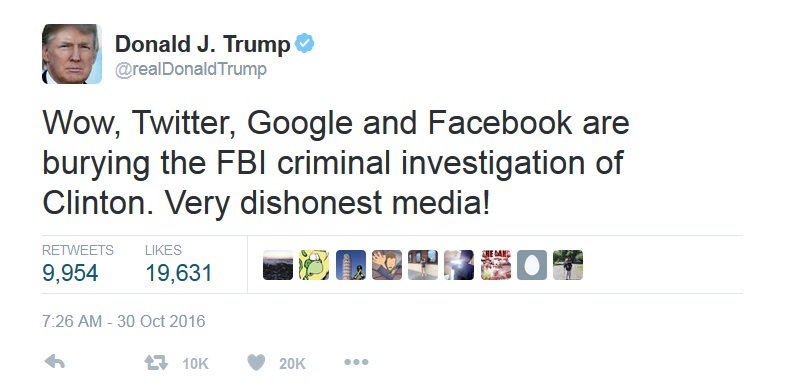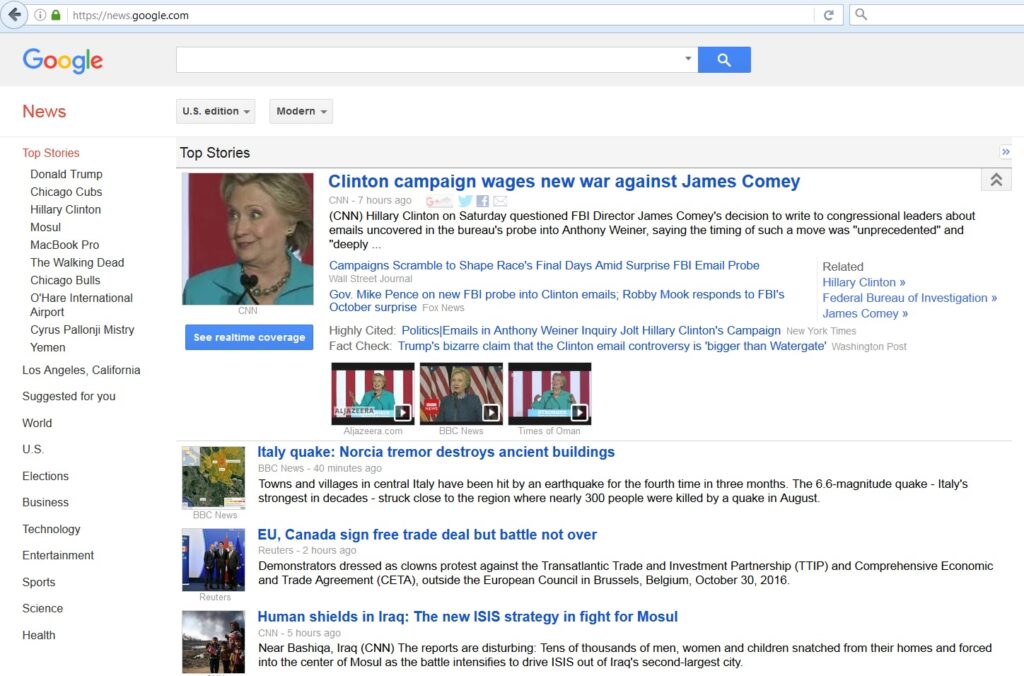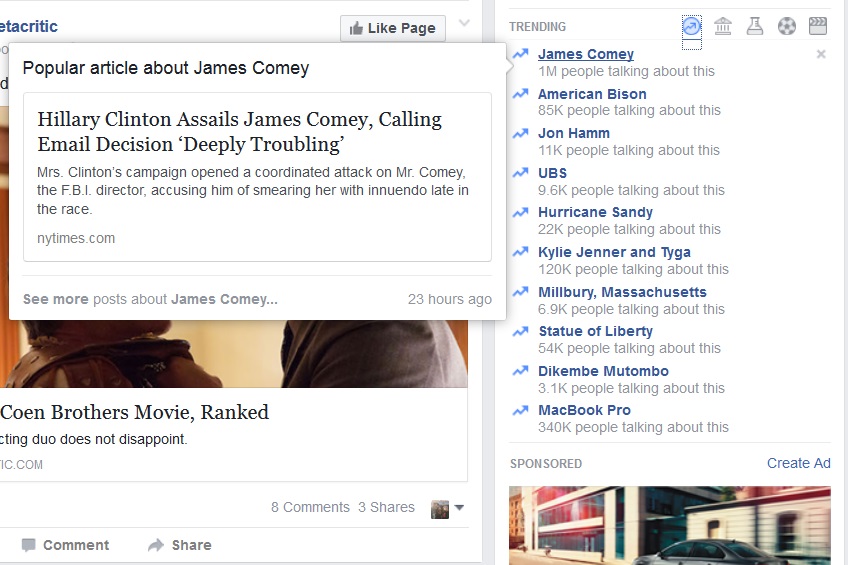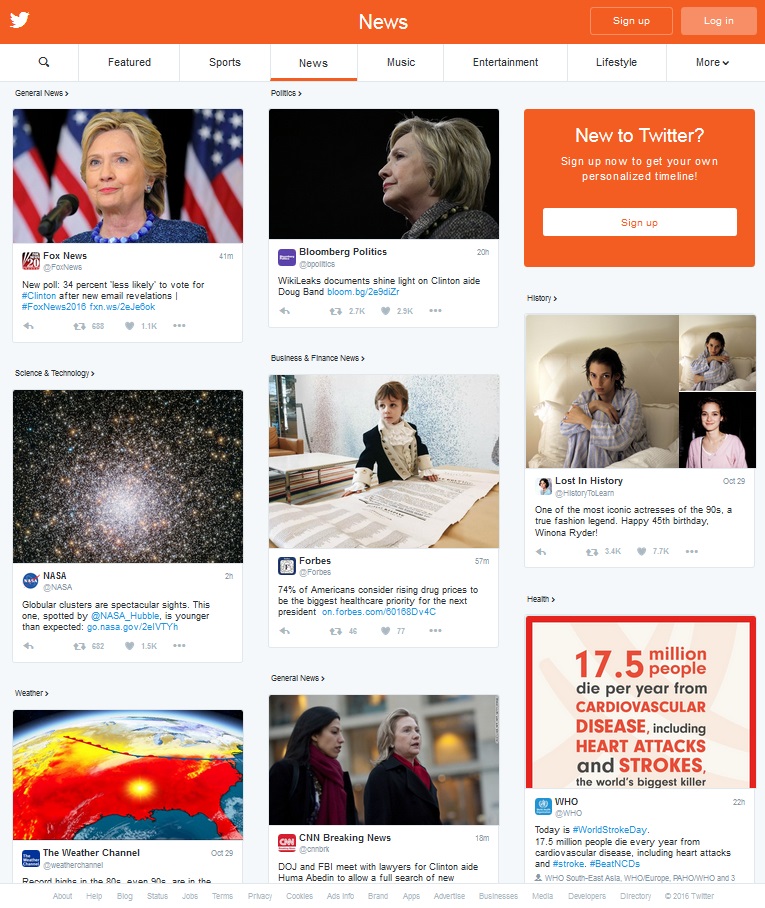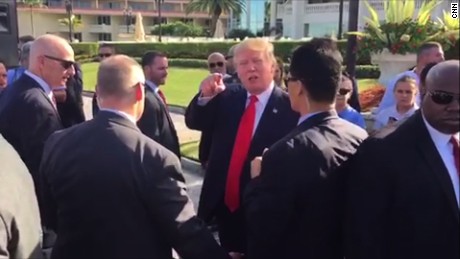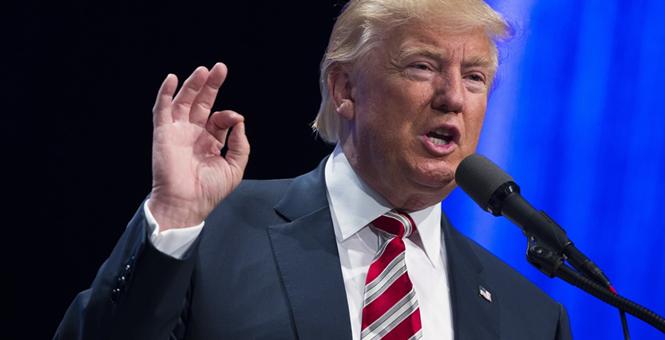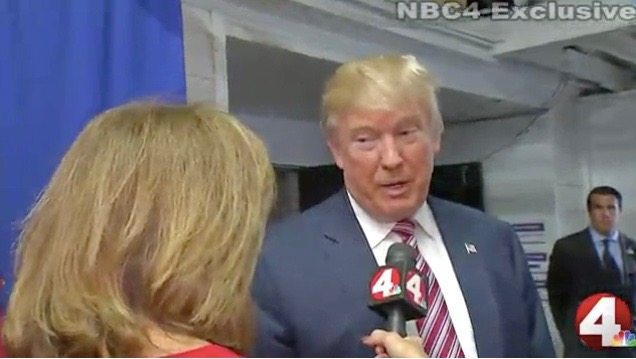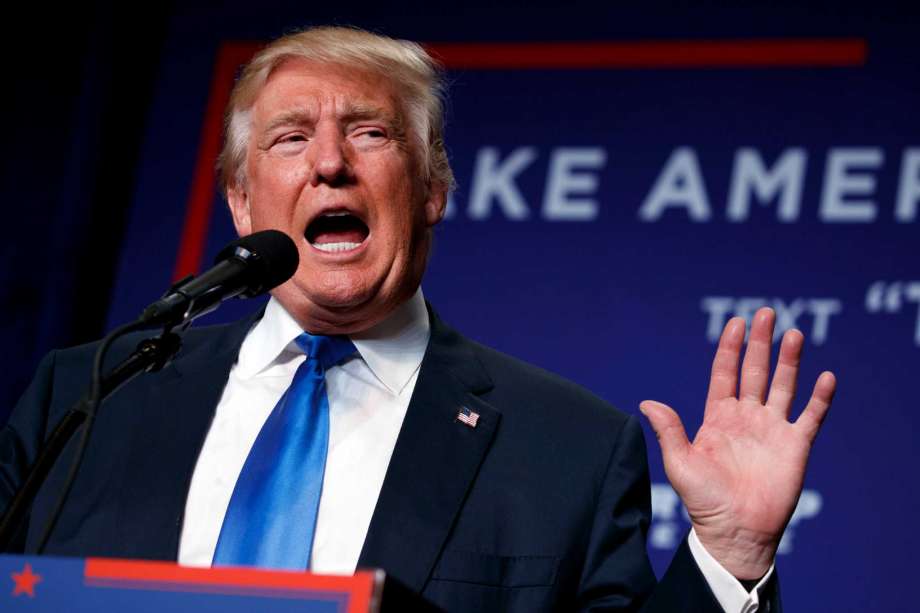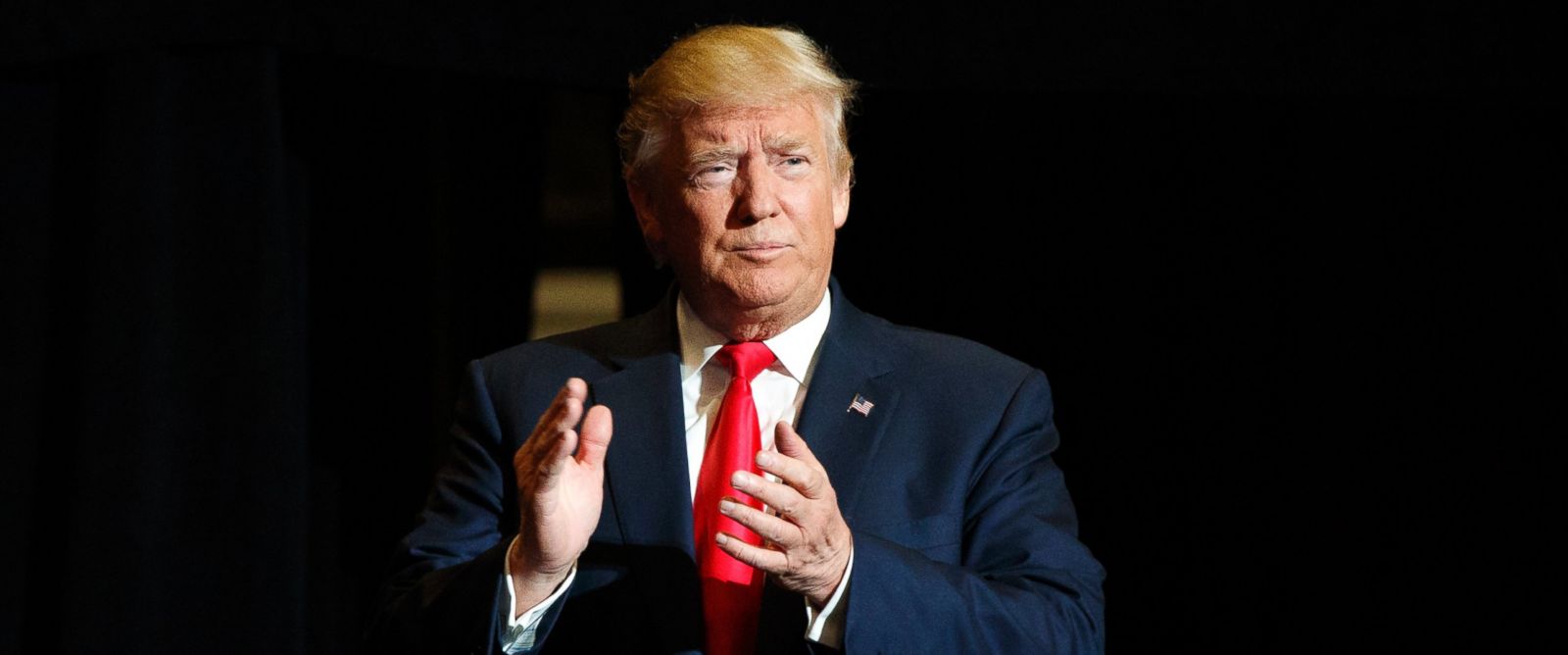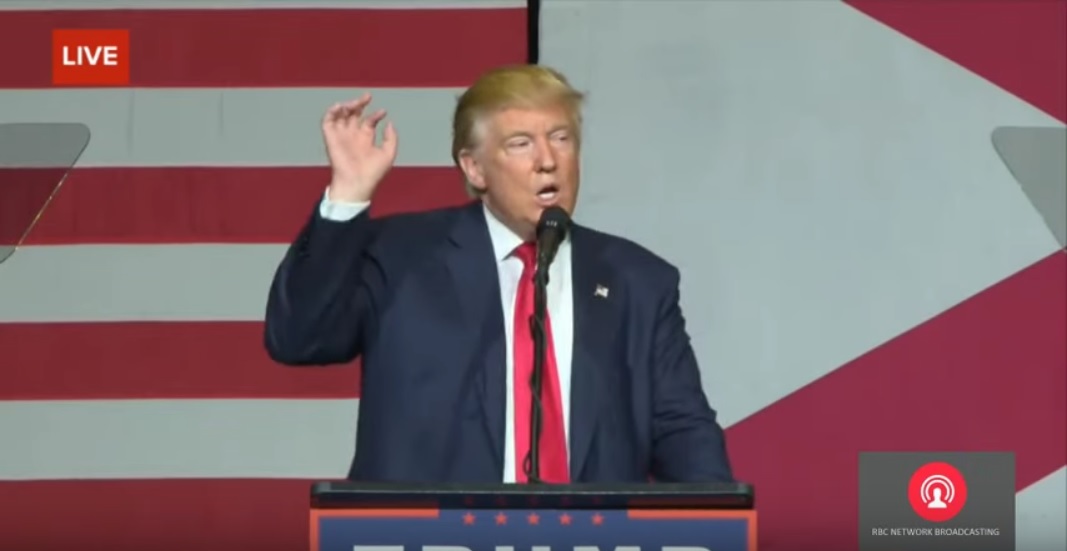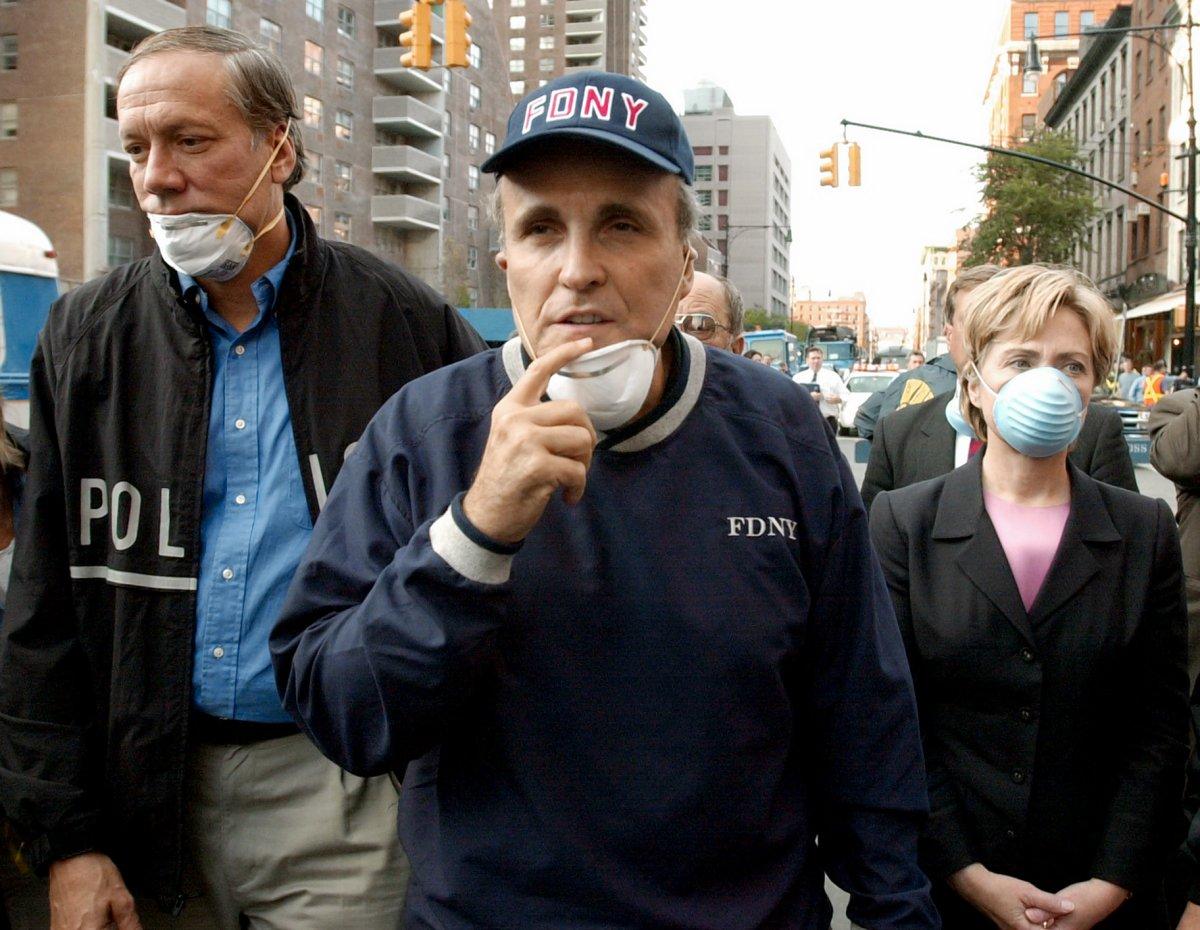Donald Trump urged reporters Tuesday to talk to President Barack Obama when asked whether he still believes the presidential election may be stolen from him.
“Ask Obama. Tell him to look at his tape when he was running eight years ago,” Trump said when asked by CNN during an impromptu gaggle with reporters whether he still believes the presidential election will be stolen from him, as he has suggested in recent weeks.
He declined to say whether he still believes the election will be stolen from him.
Trump’s campaign did not immediately respond to requests for comment about the video he referenced.
But a video that resurfaced this week on the conservative website The Daily Caller shows then-Sen. Barack Obama during a 2008 campaign stop answering a voter’s question about whether he could “reassure us that this election will not be rigged or stolen.”
“Well, I tell you what — it helps in Ohio that we’ve got Democrats in charge of the machines,” Obama said during a September 2008 campaign stop to applause. “Um, but look, I come from Chicago, so I want to be honest, it’s not as if it’s just Republicans who have monkeyed around with elections. Sometimes Democrats have too. You know, whenever people are in power, you know, they have this tendency to try to tilt things in their direction.”
Obama went on to argue during the event at Kent State University in Ohio that the Justice Department should have a “non-partisan” voting rights division “that is serious about investigating cases of voter fraud, serious about making sure people aren’t being discouraged to vote,” before pivoting to his record as an attorney litigating voting rights cases.
“Those are all part and process of making sure that our democracy works for everyone,” Obama said then.
Obama did not say in his response that the election would be “rigged” or “stolen,” as Trump has repeatedly claimed in recent weeks, instead arguing that more interest and access to the electoral process would be beneficial to American democracy.
“I think the more people participate, the more they are paying attention, ultimately the better off everybody is. OK?” Obama said.
During a rally Tuesday afternoon in Sanford, Florida, Trump again referred to the footage of Obama, arguing that the then-senator was “basically saying that the whole thing is fixed.”
“I said, ‘I don’t believe that he would’ve said that,'” Trump said. “But basically he said it’s rigged and he said, ‘I know ‘cuz I come from Chicago.'”
Mocking Obama, Trump added: “Give me a break, this guy is such a phony guy.”
Trump has repeatedly warned voters in recent weeks that voter fraud — instances of which are very rare — combined with what he deems an “establishment” conspiracy to sink his campaign — could unjustly keep him from the Oval Office.
Asked during the final presidential debate whether he would respect the results of the election no matter the outcome, Trump refused to do so, instead saying, “I will look at it at the time.”
During a campaign stop the next day, Trump said that he will “totally respect” the election results if he wins and if there is a “clear election result.” But he continued to argue that he wanted to reserve the right to “contest or file a legal challenge” to fight a losing result in the election.
The Republican nominee answered a few questions reporters hurled at him Tuesday after he held an event at his property here in Doral, including saying that he believes he is “winning,” despite a slew of recent polls showing him trailing nationally and in key battleground states.
Trump also refused to answer a series of questions about the elections being rigged. He ignored questions about the sexual assault allegations he is facing and when and why he changed his mind about Obama being born in the US, a change of heart he has still not explained.
(h/t CNN)
Media
